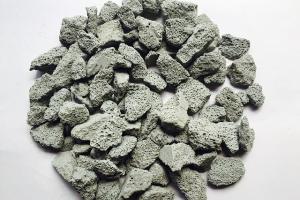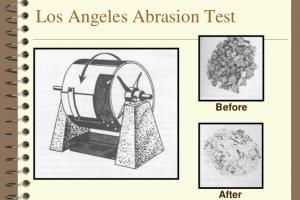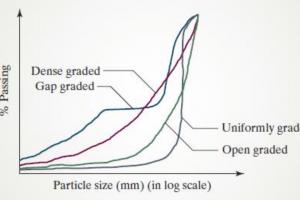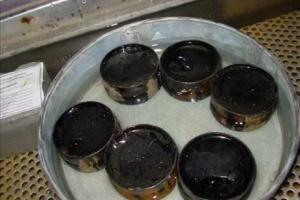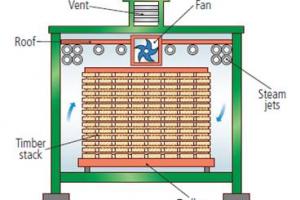Selection of Stones for Building Construction
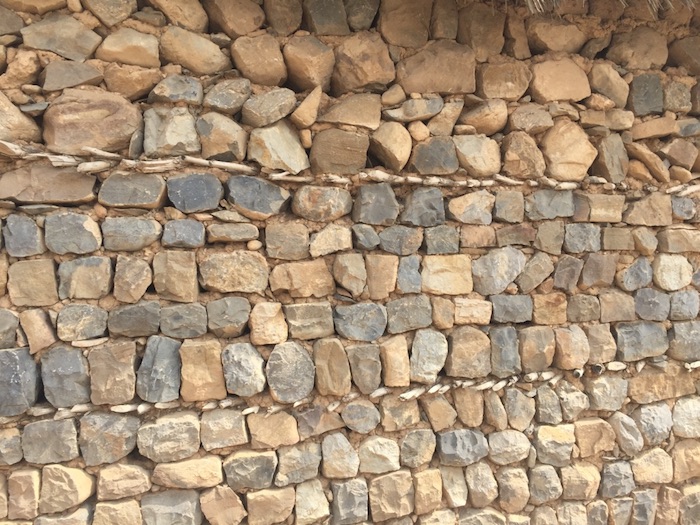
Good Construction Stone Selection
Being cheap, hard, durable and naturally good looking, stones are often used in construction but keeping in view the variable properties of stones of different types, there must be some criteria for the selection of stones for construction. The criteria is based upon the following parameters:
- Chemical composition of stone:
- Strength and hardness:
- Durability:
- Resistance to fire:
- Bio-Deterioration:
- Appearance:
- Susceptibility to being quarried in large sizes:
1. Chemical composition of stones:
Using/selecting a stone for construction, its chemical properties and composition must be tested and verified because different elements and compounds in stones have different properties. For instance, Magnesium in Limestone causes it to be more stronger and is called Dolomite. Feldspar, in large quantities in stone is a source of weakness because CO2 dissolves Potassium, Sodium, and even Calcium in the Feldspar leaving pure white clay behind.
Presence of Mica, even less than 2-3% makes stone unsuitable for building purposes. Stones with silicates as cementing materials are resistant to weathering.
2. Strength and hardness:
The more compact grained and heavier a stone, the more stronger it is. A crystalline stone is superior to a non-crystalline texture. The specific gravity of good stone should be above 2.7.
Stones used for road metal, paving blocks, floor slabs and railway ballast have to withstand mainly abrasion or wear and tear. Stone wall subjected to vibrations of machinery and moving loads should necessarily possess toughness. Strength and hardness itself depend on some factors:
3) Resistance to heat:
Resistence to heat means that the stone must have a very low amount of expansion due to large increase in temperature. Silicious materials are good at areas where resistance to fire is required.
4) Bio-deterioration:
Certain trees and creepers thrust their roots in the joints of stones and have both mechanical and chemical adverse effects. Special microbes can grow on the surface and in minute fissures, their by-products cause flaking and discoloration.
5) Appearance:
The aesthetic aspect that is color, appearance and show of stones must also be considered when being used in a project. Appearance depends on the color and the ease with which the stone can be dressed, rubbed or polished.



